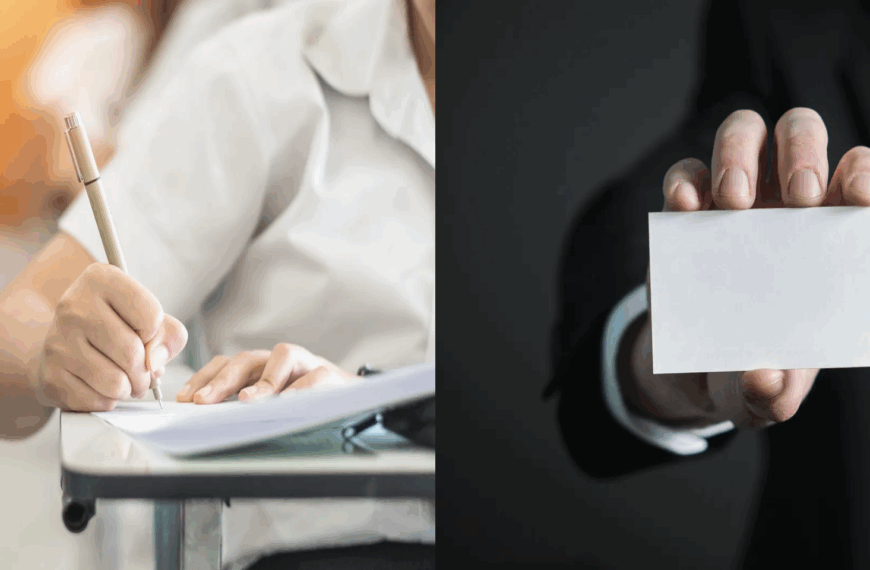What do a cheese-obsessed inventor, his loyal dog, and a flock of rebellious chickens have in common? They’re all products of the most charming animation studio you’ve probably never heard enough about.
The Fingerprint Revolution: Why “Imperfect” Animation Became Perfect
In an era where AI can generate hyper-realistic visuals in seconds, Aardman Animations is doubling down on something radically different: the human fingerprint. Literally.
“We embrace the lumps and bumps,” says Nick Park, the creative genius behind Wallace & Gromit, in a recent interview. “Those imperfections—the fingerprints in the clay, the slight wobbles—that’s where the soul lives.”
While Disney spent billions perfecting computer animation, this unassuming studio in Bristol, England, has been quietly conquering the world with 5 seconds of finished animation per animator per week. Yes, you read that right. Five seconds.
The $200 Million Chicken Revolution
But here’s the kicker: their “slow” approach to animation has generated over $200 million from a single film about chickens trying to escape a farm. Chicken Run (2000) didn’t just succeed—it proved that audiences were hungry for something different in a CGI-dominated world.
From Bedroom Experiments to Global Phenomenon
The Aardman story begins like many great British tales: with two university friends messing around in their spare time. Peter Lord and David Sproxton started making clay animations in 1972, naming their studio after one of their early characters—a charmingly awkward creation that perfectly captured their ethos.
What started as amateur experiments became appointment television when the BBC began airing their shorts. But the real magic happened when Nick Park joined in the mid-1980s, bringing with him a peculiar inventor named Wallace and his incredibly patient dog, Gromit.
The Academy Loves Clay
The accolades came fast and thick:
- Multiple Academy Awards for Wallace & Gromit shorts
- BAFTA recognition across decades
- International acclaim that put British animation on the map
But numbers don’t tell the whole story. Aardman created something more valuable: a signature style that’s instantly recognizable and impossible to replicate.
The Secret Sauce: British Wit Meets Universal Heart
What makes Aardman special isn’t just the clay—it’s the stories they tell with it.
Multi-Layered Storytelling
Their animations work on multiple levels:
- Kids see slapstick comedy and colorful characters
- Adults catch social satire and clever references
- Animation fans appreciate the incredible craftsmanship
Take The Wrong Trousers (1993): On the surface, it’s about a dog foiling a penguin’s diamond heist. Dig deeper, and it’s a masterclass in suspense filmmaking that would make Hitchcock proud.
The Dialogue-Free Genius
Shaun the Sheep proved something remarkable: you don’t need words to tell universal stories. By stripping away dialogue, Aardman created content that transcends language barriers—and became a global phenomenon in the process.
Plot Twist: The Studio That Gave Itself Away
Here’s where the story takes an unexpected turn. In 2018, Aardman did something almost unheard of in the entertainment industry: the founders gave away 75% of their company to their employees.
Why Give Up Control?
David Sproxton explained the reasoning: “We didn’t want to see our life’s work sold to a corporate giant, our intellectual property shipped overseas, or our Bristol studio downsized into irrelevance.”
This employee-owned trust model (similar to UK retailer John Lewis) ensures that:
- Creative independence remains protected
- Local jobs stay in Bristol
- Long-term vision trumps quarterly profits
It’s capitalism with a conscience—and it’s working.
The Modern Challenge: Staying Relevant in the Netflix Age
But even beloved studios face 21st-century challenges. Sean Clarke, Aardman’s Managing Director, hasn’t minced words about the UK animation industry’s struggles:
The Brain Drain Problem
- University graduates lack practical skills
- Aardman had to create their own academy to train talent
- International competition is fierce
The Tax Battle
While the UK offers 25% tax rebates for animation, competitors are more aggressive:
- Ireland, France, and Canada: Up to 37-50% rebates
- Brexit aftermath: Reduced mobility and funding
- Production exodus: Projects moving to cheaper locations
The 2024 Renaissance: Old Characters, New Stories
Fast-forward to today, and Aardman is having a moment. Their recent releases prove that classic characters can tell contemporary stories:
Wallace & Gromit: Vengeance Most Fowl (2024)
- The return of Feathers McGraw after 30+ years
- AI themes (ironically, made without any AI assistance)
- Christmas special that reminded everyone why they love these characters
Chicken Run: Dawn of the Nugget (2023)
- “Mission: Impossible” meets farmyard aesthetic
- Netflix partnership reaching global audiences
- Family themes that resonate across generations
The Philosophy: “Technology is a Tool, Warmth Comes from Humans”
In every interview, Aardman’s leaders return to the same core belief: craft matters more than convenience.
The Anti-AI Stance
While other studios rush to implement artificial intelligence, Aardman has drawn clear lines:
- No AI-generated images or voices in their productions
- Human fingerprints literally and figuratively in every frame
- Selective technology adoption: Digital tools support, never replace, human creativity
The Constraints Create Magic
“Total freedom isn’t always helpful,” Nick Park explains. “The limitations of clay—having to rebuild a face for every expression—forces you to be more creative, more intentional.”
Why This Matters: The David vs. Goliath Story We Need
In an industry dominated by $200 million budgets and AI-generated content, Aardman represents something precious: proof that small, human-centered creativity can compete with corporate giants.
The Numbers Game
- Pixar: 200+ employees per film
- Disney: Massive teams, unlimited resources
- Aardman: 30-person core teams creating global hits
The Heart Factor
But the real competition isn’t about efficiency—it’s about emotional connection. When did you last feel genuine warmth from a computer-generated character? When did a Pixar film last make you laugh the way Wallace’s inventions do?
The Future: Handmade in a Digital World
As we move deeper into the age of artificial intelligence and instant everything, Aardman’s commitment to slow, deliberate craftsmanship feels almost revolutionary.
What’s Next?
- Continued Netflix partnerships for global reach
- New Shaun the Sheep content for international audiences
- Potential Wallace & Gromit features building on 2024’s success
The Bigger Picture
Aardman isn’t just making animations—they’re preserving a way of making art that connects directly to human experience. In a world of increasing digitization, their clay characters feel more human than most humans on screen.
The Verdict: Why We Still Need the Clay Masters
Fifty years after two university friends started playing with clay, Aardman Animations proves that authentic creativity beats artificial intelligence every time.
Their secret isn’t complex algorithms or billion-dollar budgets—it’s understanding that audiences crave genuine emotion and human touch in their entertainment.
In a world that’s increasingly digital, artificial, and fast, maybe what we really need is more clay, more time, and more Wallace & Gromit.
After all, in an age of artificial intelligence, shouldn’t we celebrate the studios that refuse to be artificial?
Want to experience the magic yourself? Wallace & Gromit: Vengeance Most Fowl is available now, and Chicken Run: Dawn of the Nugget is streaming on Netflix. Fair warning: you’ll never look at clay the same way again.
What’s your favorite Aardman creation? Share your thoughts and let’s keep the conversation about authentic animation alive.







